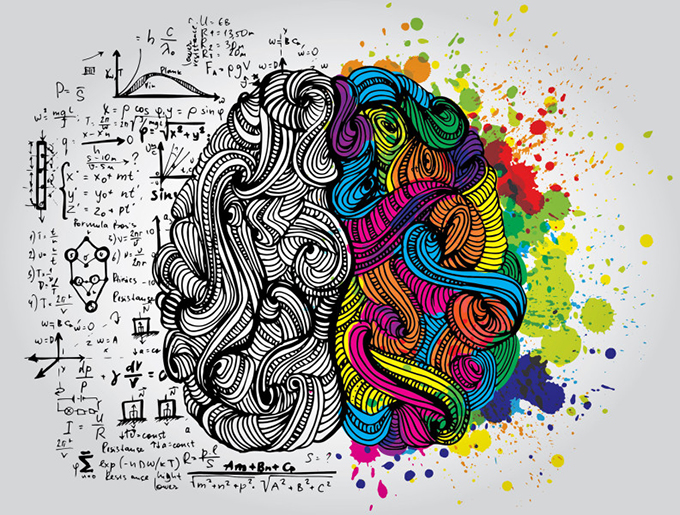
Art vs science in a global pandemic
Posted by Jules Morgan
“We understand now that the arts and sciences are the subjective and objective poles of the same great human enterprise, that there is only one world out there and we have to view it with an ever-curious and ever broadening mind”.
It is difficult to talk about a cultural divide between the Arts and the Sciences without referring to physicist CP Snow’s infamous Rede Lecture at the University of Cambridge in 1959. More than five decades have passed since he delivered a passionate appeal to bridge the divide between literary intellectuals and scientists. They are, he says, separated by a “gulf of mutual incomprehension” and “lack of understanding”: “Their attitudes are so different that, even on the level of emotion, they can’t find much common ground”. Such polarisation does not resonate so much today, but where are the sticking points?
Science is now part of mainstream culture – and whether it be pure or fundamental, natural or social, all of it feeds into our understanding of the world, our past and future, and our humanity. And art is perceived in part as our cultural heritage, and a reflection of, or comment on, contemporary society. Whether literature or poetry, theatre or film, painting or sculpture, or any other art form, it translates our experience, influences our opinions, communicates and evokes emotional responses. If you are curious about history, or what we do not yet know, if you are unsure about fact or fiction, and how concepts evolve, are communicated, disseminated, discussed, and implemented to question and transform our world, you must sometimes turn to science, and other times to art. Or both.
So is science not a creative process? 50 years on, a contemporary perspective titled Learning scientific creativity from the arts, eloquently argues that it is: “Acknowledging creativity as acts of transformation and central to scientific pursuit, actively utilizing chance and failure in scientific experimentation, are critical for step changes in scientific knowledge. Iterative and open-ended processes should be modeled after insights from a range of practices in the visual, performing and media arts”. This theory will strike a chord for many, I hope. The message I take from this is that with respect and openness we learn from each other and appreciate all the different ways we might get to the same point: truth.
We all fall into stereotyping, but ultimately we are a heterogeneous population, and there is no place for polarisation today. You do not have to be one thing or the other. There is always a spectrum if you allow it to exist.
And now in the grips of a global pandemic we are turning to science to try and fathom what is going on. A contagious virus that still has so many unknowns is quite a terrifying thing. We are now familiar with the R number, we follow rules, we question the rules, we want answers, in fact we want the truth. We are tentatively poised for a scientific breakthrough, while seeing how this invisible, unfathomable virus is threatening global power, influencing societal behaviour, and challenging political leadership and rocking the economy. We can do nothing but put our faith in science (and hope that our leaders will do the right thing), carrying on in the best way we can.
Art is being forced to take a back seat, and along with other industries, is suffering. Small theatres are threatening closure, artists, actors, performers are waiting in the wings. Some larger institutions have adapted and we have seen virtual spaces thrive – live streaming of plays and music gigs, digital exhibitions, films on-demand for a fee. It has, it can be argued, become more accessible for the many rather than the few. But we are no longer an audience in the way we have been, missing the thrill, the buzz, and a potential mass shutdown of historic venues is darkening the artistic landscape of our future.
So right now we need science to be creative – to be transformative, conceptual, progressive, ground-breaking. Trial and error no longer has the luxury of time – it has to move quickly and work creatively within a methodical framework.
Myself, I consider a hybrid of art and science; a fusion of these interconnected disciplines and experiences. I am neither one nor the other, but I need both to see the world as I do.
References

